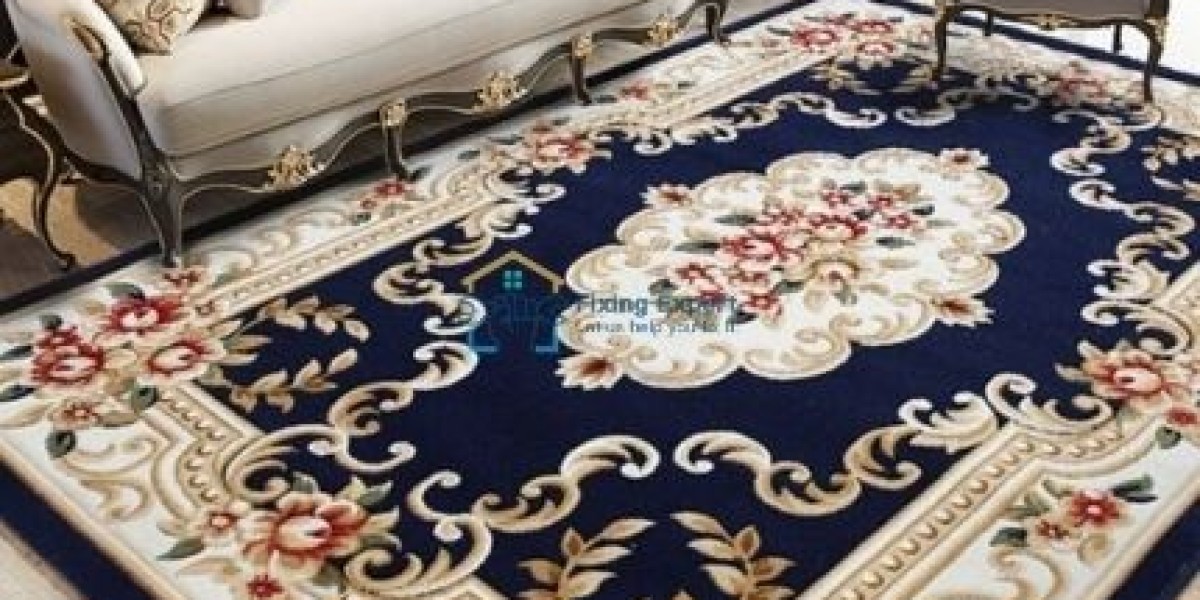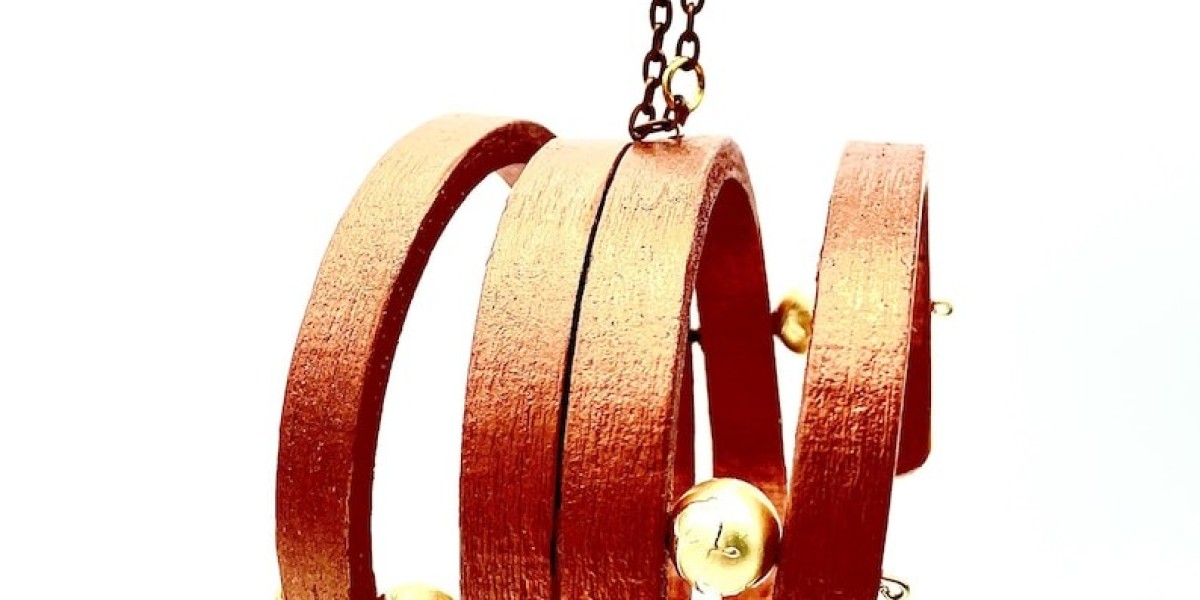Exploring the Beauty of Persian Carpet Patterns
Within the delicate threads of Persian carpets is a rich tapestry of tradition, artistry, and cultural expression. Persian rugs are world-renowned for their stunning beauty and flawless craftsmanship, and they have found their way into the hearts and homes of enthusiasts, collectors, and connoisseurs. Beyond their functional purpose, these carpets are true pieces of art, with each design and motif telling a tale that dates back centuries.
Join us on a voyage into the beautiful world of Persian rug patterns, where each knot and color has a meaning beyond basic aesthetics. Persian rug patterns reflect the numerous cultural influences that have molded this ancient industry, ranging from the busy bazaars of Tehran to the nomadic tribes of Iran's vast landscapes. Let us begin on a journey of discovery, delving into the symbolic language, regional variances, and eternal charm that make Persian rug patterns such a fascinating subject of study and appreciation. As we walk across this woven canvas, we'll delve into the stories, meanings, and artistry that make Persian carpets more than just floor coverings—they're windows into a cultural legacy that continues to captivate and inspire.
This article provides a quick overview of the attraction and cultural significance of Persian rugs.
Persian carpets, widely regarded as the pinnacle of textile artistry, have a timeless charm and profound cultural significance. These carpets, woven with exquisite skill passed down through generations, are more than just floor coverings, but delicate pieces of cultural expression. Their attractiveness stems from the harmonic blend of breathtaking aesthetics and profound symbolism.
Persian carpets, which date back over two millennia, have witnessed the rise and fall of empires while reflecting the region's cultural tapestry. Each rug offers a tale about the history, beliefs, and artistic traditions of the people who made it. The elaborate patterns and brilliant colors are not random; rather, they have rich symbolic connotations that are frequently steeped in Persian literature, mythology, and religious beliefs.
Aside from their visual attractiveness, Persian carpets are a source of national pride, representing Iran's rich cultural past. These carpets are central to Persian identity, passed down as family heirlooms, given as wedding gifts, and displayed in houses as works of art. The workmanship involved, which frequently uses hand-knotting techniques and natural dyes, adds to their attractiveness, making them not only aesthetically pleasing but also a tribute to the craftsmen's talent and dedication.
The timeless beauty and cultural significance of Persian carpets have led to their high value worldwide. Their prevalence in homes, museums, and elite collections all over the world demonstrates their global appeal. The fascination of Persian carpets goes beyond their physical appearance; it includes the stories they tell, the traditions they symbolize, and the cultural depth they add to the rooms they grace.
Benefits of Persian Carpets:
Persian carpets are renowned for their exquisite beauty and intricate designs, infusing any setting with a timeless elegance. Their vibrant colors, elaborate patterns, and ethnic symbols can improve the aesthetic appeal of a room by acting as a focal point or complementing existing decor.
Cultural heritage.
A Persian carpet is like having a piece of history and culture under your feet. Generations pass down traditions to make these carpets, capturing the spirit of Persian craftsmanship, mythology, and symbolism. They provide a unique link to Iran's rich cultural past.
Quality craftsmanship
Persian carpets often undergo handcrafting using ancient techniques like handknitting and natural dyes. This precise craftsmanship not only adds to their aesthetic appeal, but it also ensures durability. Genuine Persian carpets can stand the test of time and become treasured keepsakes.
Symbolic significance
Every aspect of a Persian carpet, from the colors to the precise motifs, has symbolic meaning. These symbols frequently reflect cultural, religious, or regional significance, adding depth and storytelling to the carpet. This makes having a Persian carpet an important and symbolic experience.
Warmth and comfort:
Because of their rich pile and high-quality wool or silk, Persian carpets are comfortable underfoot. Aside from their artistic significance, these carpets provide a warm and welcoming atmosphere in homes, making them an excellent choice for establishing cozy living rooms.
Sound Insulation:
Persian carpets, with their deep pile, are excellent sound absorbers. They absorb sound, reducing echo and noise levels in a room. This acoustic benefit is especially useful in larger spaces or homes with hardwood or tile floors.
Uses for Persian Carpets
Floor Coverage:
Persian carpets are most well-known for their use as exquisite floor coverings. They provide warmth and luxury to living rooms, bedrooms, and even hallways, while also offering a pleasant and aesthetically beautiful surface underfoot.
Wall hangings:
Persian carpets, especially those with intricate designs and bright colors, often serve as beautiful wall hangings. They have the ability to transform a blank wall into a visually beautiful focal point, resulting in a distinctive and artful exhibition.
Tabletop Accents
People frequently use smaller Persian rugs and carpet fragments as tabletop decorations. They offer a bit of refinement to dining tables, coffee tables, and side tables while also protecting the surface underneath.
Cultural and religious sites:
Cultural and religious settings frequently employ Persian carpets in Dubai. Mosques, houses, and community areas lay these carpets out for prayers, creating a clean and comfortable environment for worship.
Event and celebration decor:
Weddings and cultural events frequently use Persian rugs as ornamental components. You can scatter them across event venues or incorporate them into the overall décor to enhance the celebratory ambiance.
Artistic Throws and Tapestries
Smaller or antique? You can transform Persian carpets into throws or tapestries. Draped over couches or placed on walls, they serve as both useful and beautiful objects, adding a bit of artistic flair to the living room.
Furniture Covers:
You can use Persian rugs to cover or accent furniture. They add luxury to couches, chairs, and ottomans while also providing furniture protection and a distinct design feature.
Cultural exhibitions and museums:
Cultural events and museums frequently showcase Persian carpets due to their historical and artistic significance. They serve as engaging exhibits, highlighting the craftsmanship, design, and cultural significance of each piece.
Photo backdrops
Photographers and event planners frequently employ Persian rugs as ornamental backdrops for photo shoots and special occasions. The intricate patterns and colors result in visually attractive backgrounds.
Gifts and heirlooms:
People treasure Persian carpets as gifts and pass them down through the years as family relics. They hold sentimental importance and serve as long-lasting emblems of family tradition and heritage.
We provide maintenance and care tips for Persian carpets.
Owning a Persian carpet is more than just an investment in beauty; it is a pledge to preserve a piece of cultural history. To guarantee your carpet retains its timeless beauty and longevity, here are important care and maintenance tips:
Regular vacuuming
To eliminate dust and debris from your Persian carpet, vacuum it on a regular basis.
To avoid putting too much pressure on the fibers, use a vacuum cleaner with flexible height settings.
Rotate the carpet:
Rotate your carpet once every six months to ensure even wear, especially in high-traffic areas.
This keeps one part from bearing the brunt of foot traffic while retaining the carpet's overall beauty.
Avoid direct sunlight.
To prevent color fading, limit your exposure to direct sunlight.
Consider using curtains or shades to shield your Persian carpet from direct sunlight.
Immediate stain removal.
If spills occur, act quickly and blot the discoloration with a clean, dry towel.
Rubbing might force the stain deeper into the fibers, so avoid it.
For stain removal, use a mild mixture of water and white vinegar, or a carpet cleaner designed for the purpose.
Professional cleaning:
Schedule professional cleaning once every 12–18 months, depending on usage.
Choose expert cleaners who are familiar with Persian carpets to ensure adequate treatment and preservation of fragile fibers.
Protect yourself from heavy furniture:
To evenly distribute weight, place furniture padding under heavier items.
To prevent fiber damage, avoid dragging furniture across the carpet.
Take care of your shoes.
To minimize dirt and abrasive particles, remove your shoes before stepping on the carpet.
Consider installing doormats at entrances to help limit the quantity of debris taken indoors.
Conclusion
Persian carpets are more than just floor coverings; they have a cultural legacy painstakingly woven into each thread. As we come to the end of our voyage through the world of Persian carpets, it is clear that these gorgeous works are more than just home décor; they are living manifestations of artistry, tradition, and heritage.








